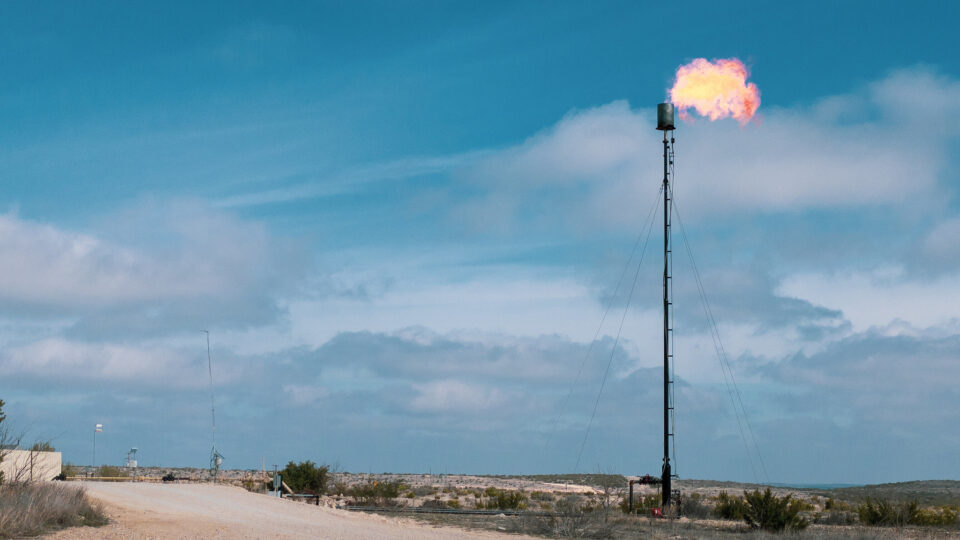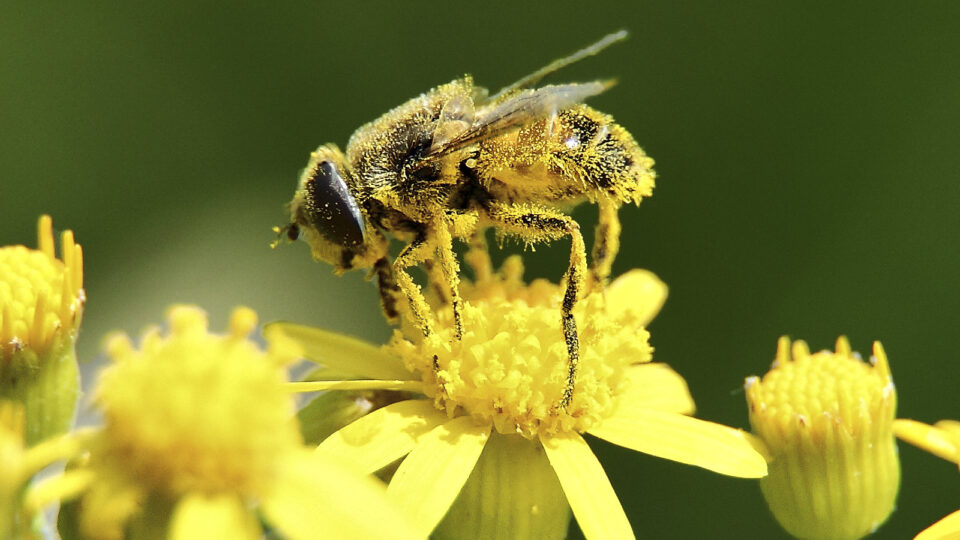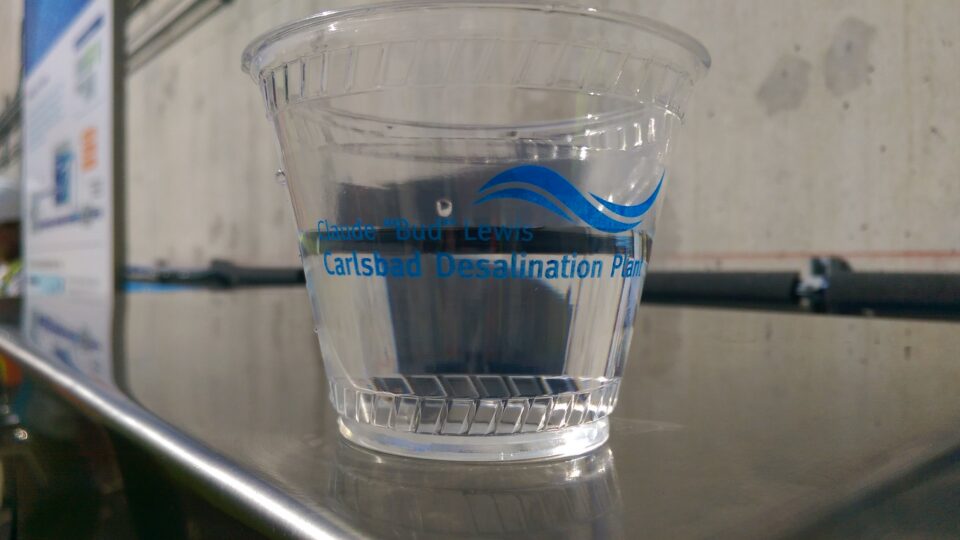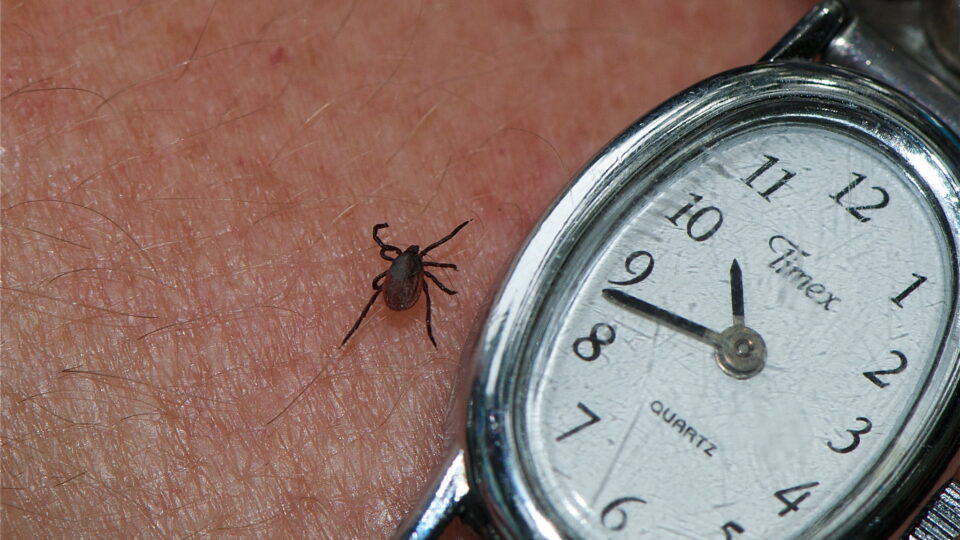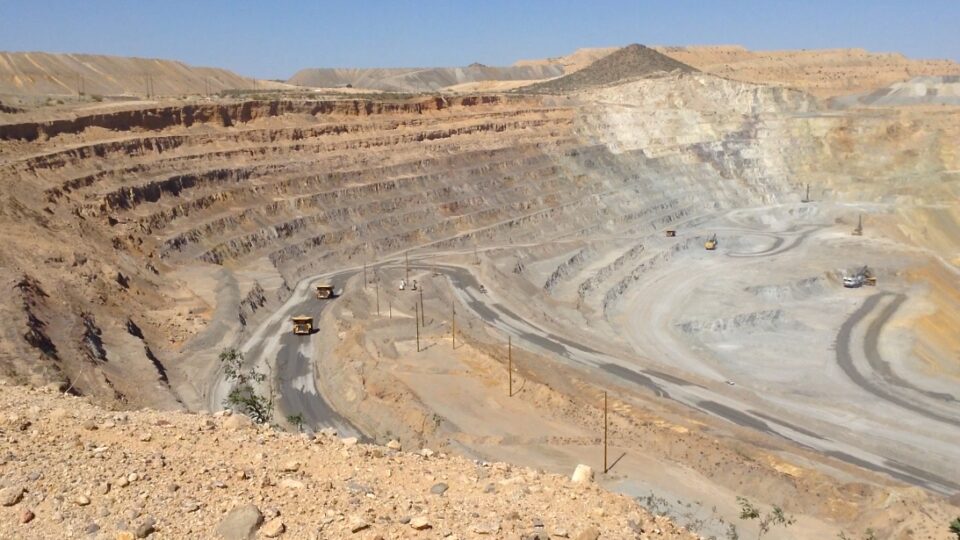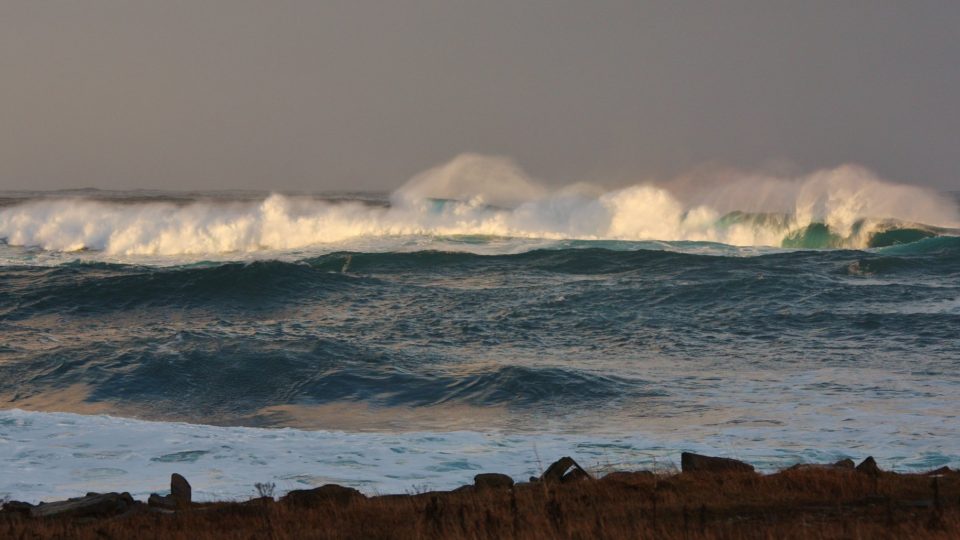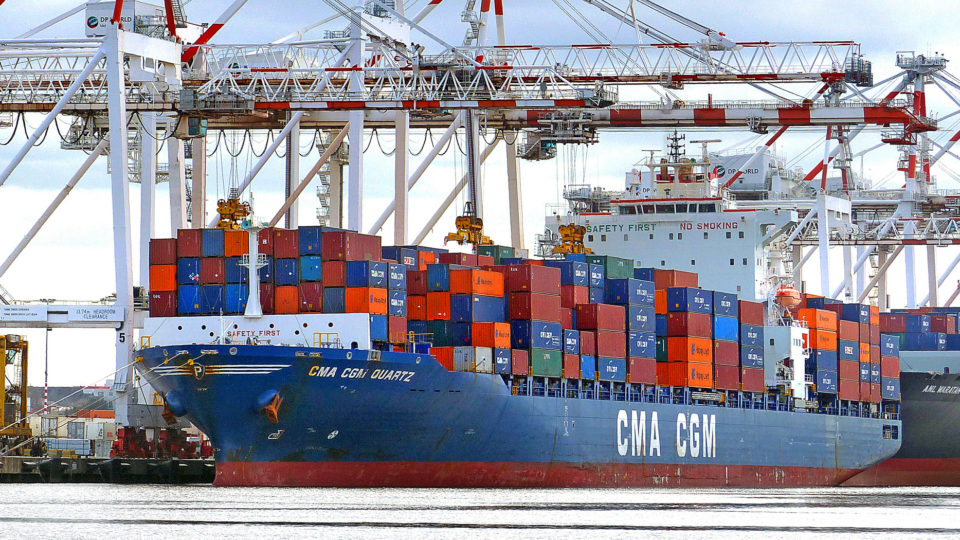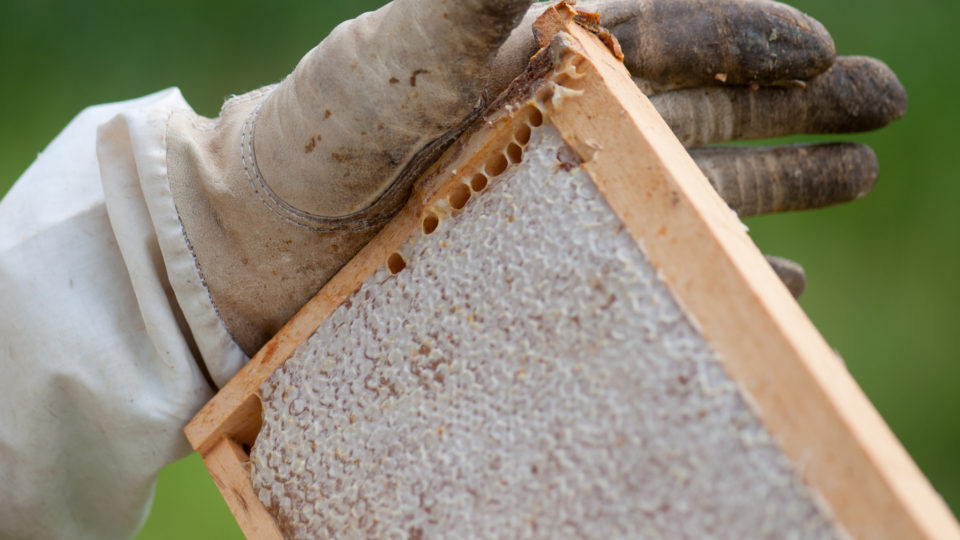Much of the discussion about the benefits of electric vehicles centers about the climate impact of not burning fossil fuels as well as about reduced operating costs. A new study by the University of Toronto looked at the health benefits of large-scale adoption of electric vehicles.
The Toronto researchers used computer simulations to show that widespread electrification of the U.S. vehicle fleet when coupled with significant use of renewable energy to power the fleet could result in health benefits worth between $84 and $188 billion dollars by 2050. Expressing these benefits in dollar terms is a way to quantify those benefits, but clearly what is most important is people’s health.
Carbon dioxide coming out of tailpipes is what is most harmful to the climate, but there is much more than CO2 vehicle exhaust. There are many air pollutants that have a significant, quantifiable impact on human health. These include nitrogen oxides, sulfur oxides, and small particles known as PM2.5.
The study simulated levels of air pollution across the United States under various scenarios of adoption of EVs and the use of renewable energy. The simulations clearly showed that the combination of widespread use of electric vehicles and the greening of the power grid would result in huge cumulative public health benefits. But these benefits will take time to accrue. The internal combustion vehicles being sold today will still be on the roads for many years and will continue to spread pollution everywhere there are roads.
**********
Web Links
Photo, posted May 7, 2020, courtesy of Mark Vletter via Flickr.
Earth Wise is a production of WAMC Northeast Public Radio

